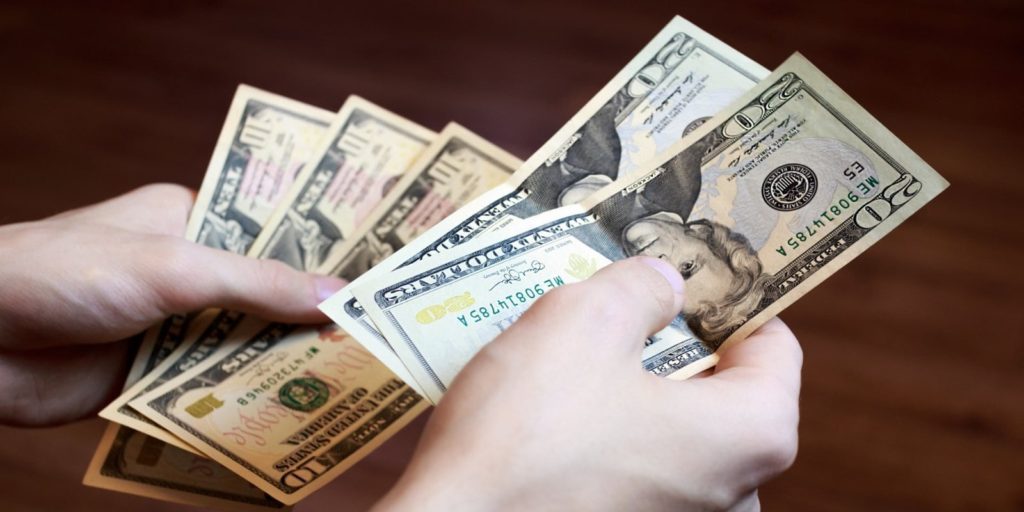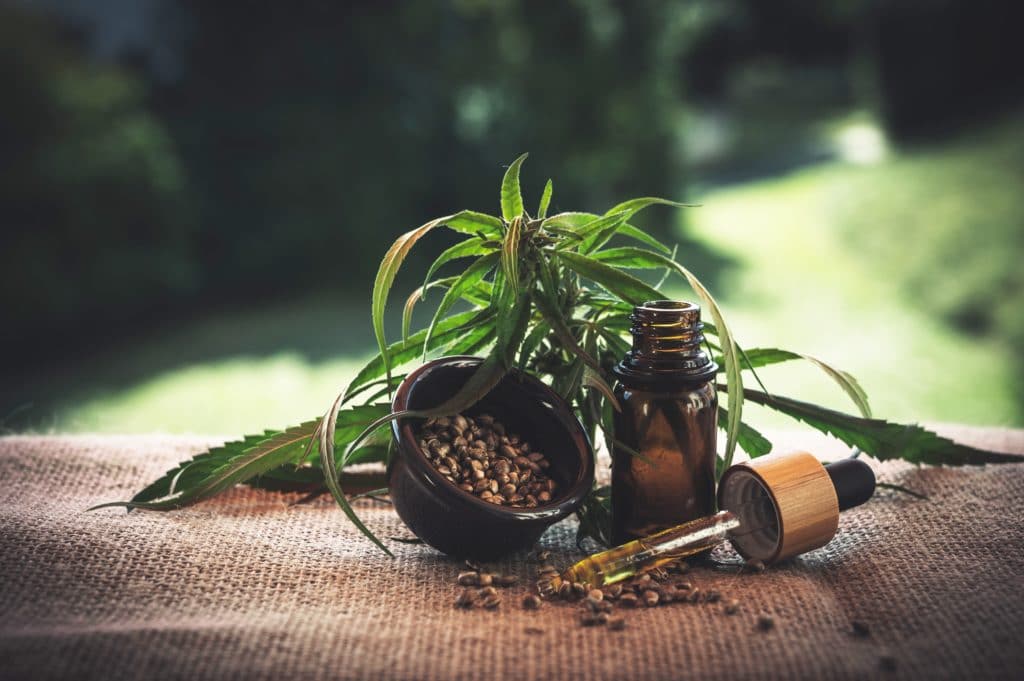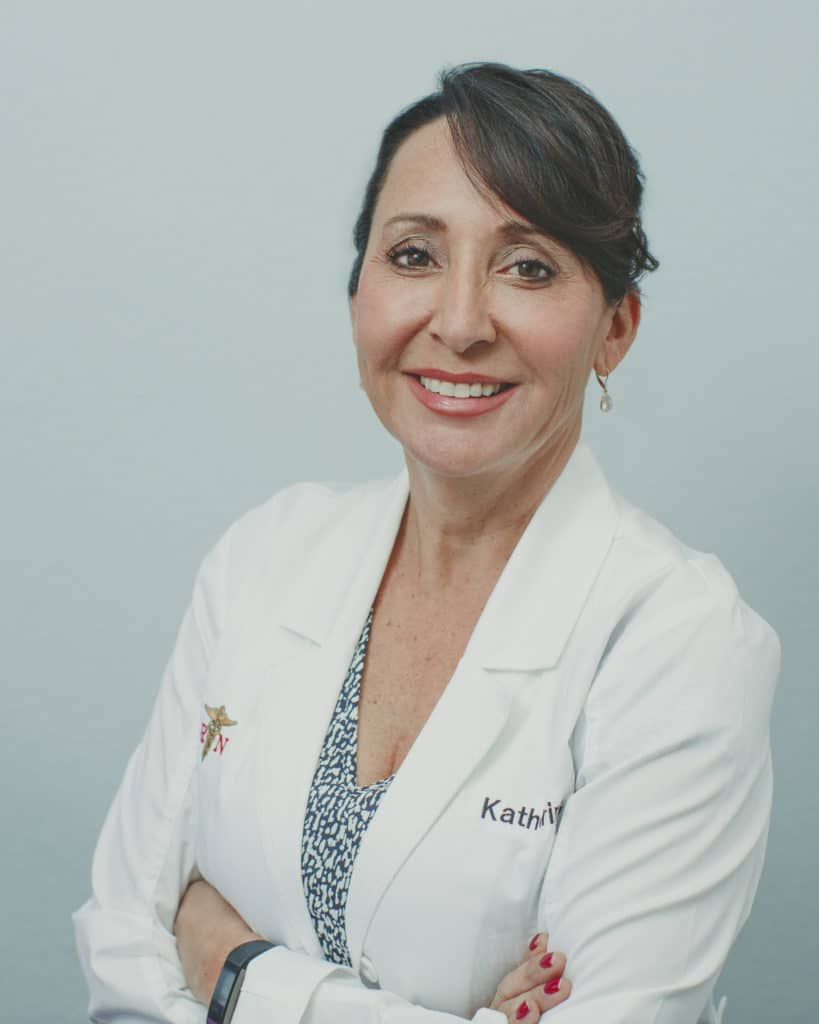Read Time: 3:15 Mins.
No matter if it’s called medical cannabis, medical marijuana, weed, or pot, the Cannabis sativa L plant has incredible medicinal properties. It can help with a variety of medical conditions, but for many patients, legalized medical cannabis can be expensive. In our view, medicine should never be considered a luxury item. This is especially true if you’re using cannabis on a regular schedule like any other medicine. To help save you money, we crafted ten tips for buying cannabis or CBD on a fixed budget.
Over the past year, we published articles about the average amount of money adults spend in California dispensaries, the lack of health insurance coverage, Veterans having to pay out of their own pocket (when opiates are provided for free), and the taxes added to the cost of cannabis products in legal dispensaries. States that implemented medical cannabis programs require testing for all cannabis sold in dispensaries which also raises costs. We covered the importance of testing for health and safety reasons in our Buying Safe vs Unsafe Cannabis article.
According to BDS Analytics, from 2017-2018 the average price of cannabis products sold in licensed California dispensaries rose over 25 percent. Breaking it down a little further, the cost of edibles increased by nearly 45 percent. Hopefully, state and local regulators will make tax adjustments to help adults in need of medical cannabis who are struggling to afford it.
To help us with our ten tips we contacted Pam Chotiswatdi, Master of Public Health, who works for the Long Beach Collective Association. The LBCA is committed to safe and legal cannabis access through advocacy, education, philanthropy, and policy development with the city of Long Beach and the state of California. This includes advocating for lower city taxes for dispensaries in Long Beach to help their community.
Ten Tips for Buying Cannabis or CBD on a Fixed Budget
1. Get Your Medical Card. In states with both medical and adult-use laws, get and renew your medical recommendation. In California, there are two versions, one of which requires that you register with the state itself, but you save $$$ in taxes than the basic medical recommendation provided by a physician.
2. Choose Your Dispensary Wisely. Do they treat you as a valued customer and offer coupons or instore savings to repeat customers? Join their email newsletter if they offer one and see what deals they provide. Also, if you have many dispensary choices in your area, many dispensaries offer promotional deals for first-time patients.
3. Go Online. Visit the dispensary’s website and look for promotional sales, discounts, or educational events that may include specials.
4. Let’s Make a Deal! Use an online cannabis promotional service like Local CannaDeals that offer digital coupons or offers. Three Wells works with our brand partners to offer deals as well.
5. Learn What’s Best For Your Condition. Pam stresses “the importance of understanding what products and strains work for you.” While some experimentation is good, avoid products or strains that may not be best for your condition as they can waste your money. Do your experimenting with discounted products on sale. CBD products for adults are becoming available outside of cannabis dispensaries and always consider the source. Stick with reputable brands like those on Three Wells and buy small quantities at first to see how they affect your condition.
6. Make Your Supply Last Longer. Once you know what works best for you, limit the amount and the way you consume it. Pam offered some excellent out of the box advice. “Consider better, top-shelf cannabis rather than more affordable, bottom-shelf products, because the better quality usually lasts longer. A good example is taking one puff of a quality brand rather than four puffs of a lesser brand for the same effect.” She also suggests “when smoking flower, use a small, one-puff pipe instead of rolling joints.” If you prefer smoking joints, only roll what you need to avoid throwing away (or forgetting about) a partially smoked joint. For CBD products, purchase versions that have high CBD content. We recommend that you read the label or online product information or testing results to determine the actual amount of CBD in the product as it can vary.
More Supply Tips. Buy larger quantities. OK, it won’t be like shopping at Costo or Sam’s Club, but if you can, buying larger sizes generally reduces the overall cost. For traditional cannabis, consider buying a half ounce or an ounce of flower or more (where permitted). Also, store your cannabis properly and invest in quality, resealable glass storage containers and throw in a humidifier packet like Boveda. This will keep your medicine fresher for longer periods of time. If you enjoy edibles, take note of the amount you need and don’t eat more than necessary. For tinctures, Pam suggests figuring out your best ratio and dose by trying different combinations with a bottle of CBD and bottle of THC. Start with 1mg each (a 1:1 ratio) and go from there until you find the sweet spot of the THC to CBD ratio that works best for you. Just remember, don’t break the GLASS rule: Go Low and Start Slow.
7. Use a High-Quality Grinder. Pam suggests using a four-piece grinder to gather Keif (flake remnants caught in the bottom of the grinder) for fuller use of the whole flower. If you’re on a budget, grind everything (except seeds).
8. Grow Your Own Plants. If circumstances (and state law) permit it, consider growing your own plants at home. There is a wealth of online and print information for strains, planting, feeding, trimming and harvesting to get your green thumb growing.
9. Make Your Own Edibles. Oils containing THC and CBD (or only CBD) can be used for home cooking. Whip up a batch of cookies or make some infused meals! Chef Matt has some products, and recipes here and here.
10. Make Your Own Topicals. Pam also suggested making your own topical rubs. Do some research and find advice for safe and effective homemade balms and lotions. Keep in mind that the GLASS rule applies to homemade topicals as well. We work with several brands that provide oils and concentrates.
Many thanks to Pam Chotiswatdi and the LBCA for helping us with our tips. Do you have any savings ideas to share? Log in and comment!
Philip Rebentisch is a writer and the Content Editor for Three Wells.




